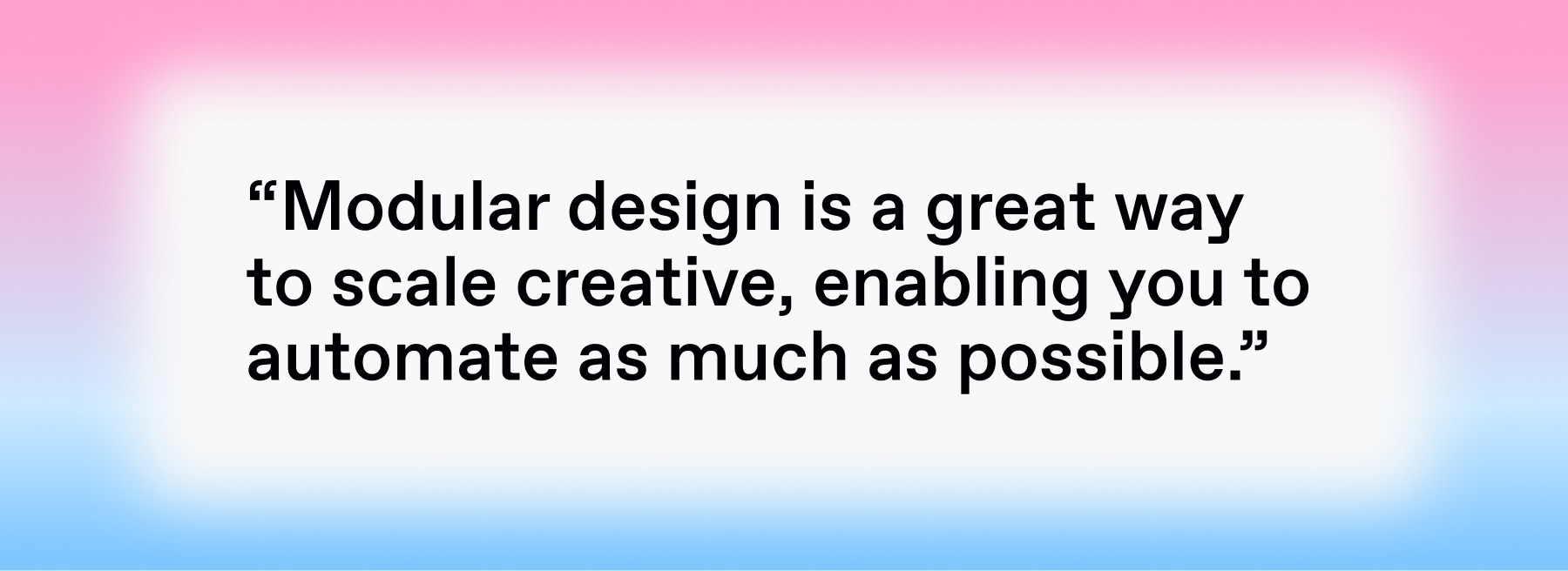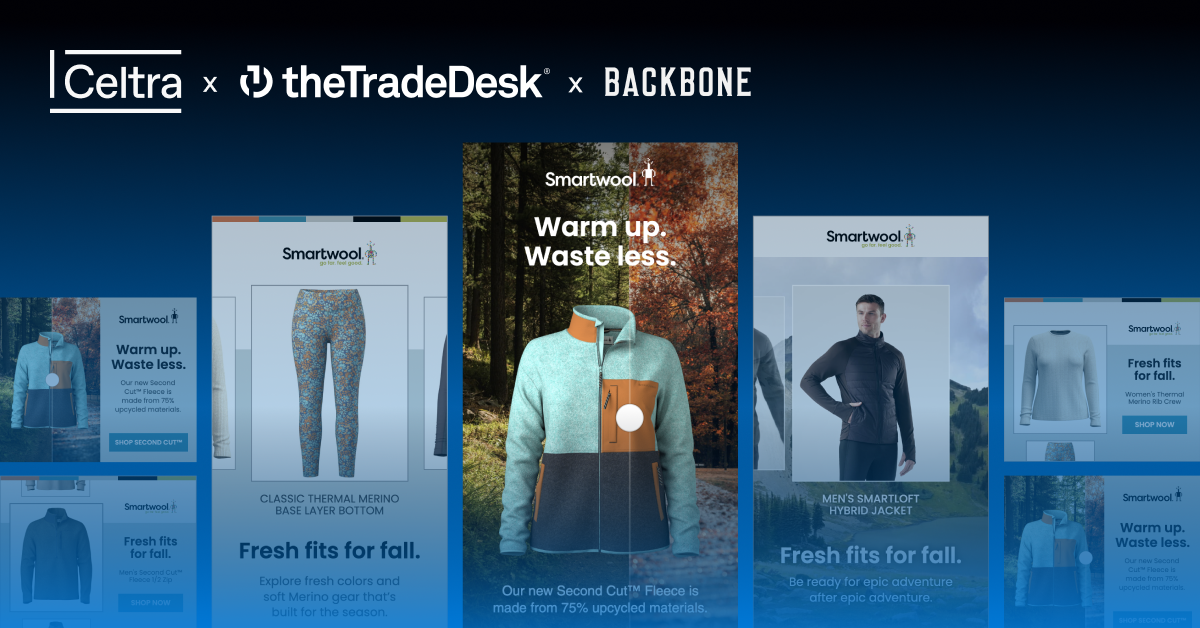AI and other emerging technologies continue to gain momentum in the digital marketing landscape (and practically every other industry). Marketers now need to think about incorporating these exciting developments into their workflows to optimize strategies and maximize impact.
In an insightful panel discussion in Cannes back in June, Celtra’s CEO Miha Mikek and Uber Eats Advertising’s GM Danilo Tauro touched upon what they think the future holds for marketers, discussing the cutting-edge technologies that are revolutionizing how brands produce, adapt, and scale their marketing efforts.

Let’s examine the five digital advertising trends both industry experts think will unlock unprecedented levels of personalization, performance, and efficiency in the near future.
5 digital advertising trends that can transform your marketing efforts
1. The use of creative automation and AI for personalization
Consumer expectations for tailored content will only keep growing. Leveraging the right technology can help marketing teams satisfy the increasing demands for personalized creatives while respecting tight deadlines and limited budgets. Creative Automation, especially when supported by Gen AI, helps brands create highly personalized ads at scale, vastly improving both engagement and performance. “With creative automation and Gen AI, we can finally get to much more personalized creatives, something that will truly become the most significant lever for performance advertising,” says Miha Mikek.
2. Modular design for scalable creative production
With new channels, formats, and markets popping up almost daily, marketers can struggle to preserve creative quality and brand consistency at scale. The concept of modular design has been gaining traction as a means of scaling creative production efficiently. According to Miha Mikek, modular design is a great way to scale creative, enabling you to automate as much as possible. By building central toolkits and activating them across various markets, brands can automate and optimize the creative process, making it easier to produce and adapt content at a global scale.

3. A unified workflow to close the gap between media and creative teams
Until recently, media and creative teams have operated in silos. Danilo Tauro emphasizes that “Today, the two teams are still very separate. You have creative teams that have their own KPIs, budgets, agencies, technologies, and then you have media teams with completely different demands on the other side.” However, the trend is shifting towards greater integration.
Unified cloud-based platforms like Celtra’s solutions are bridging this gap, allowing for seamless collaboration between creative production and media strategy. This unlocks a complete overview of both creative and media processes, ensuring that creative assets are not only of the highest creative quality but also optimized for performance across all channels.
For Miha Mikek, “That’s the key link – bringing media performance data, the insights from the creatives that ran in the past, and campaign performance data back into the production platform to start informing the creative production process. Using an end-to-end platform gives you a complete oversight of what’s working and what’s not. That’s a game changer – some of the largest brands in the world don’t have that yet.”
4. The rise of AI-driven creative optimization
By analyzing creative context and past campaign performance, AI models can already provide insights into what works and what doesn’t. In the future, they’ll be able to also make recommendations on what would work better. A data-driven approach, powered by AI models, will be crucial to enable a seamless optimization of creative assets and unlock new levels of campaign performance.
Miha Mikek points out that “As everything becomes more measurable, it can also be better optimized. Ultimately, things like recommendations and creative scoring will lead to a fairly autonomous creative optimization cycle.”
5. Data as the connective tissue for full-funnel marketing
As data becomes the connective tissue throughout the whole funnel, brands should create a feedback loop between all funnel stages. In the words of Miha Mikek, “Across the whole funnel, data’s coming together and everything is becoming actionable instantaneously”. By measuring and optimizing campaigns at every stage – from awareness to conversion – marketing teams can ensure that their efforts are aligned with both branding and performance goals.
In conclusion, digital advertising is a fast-paced, exciting landscape. In the future, we expect digital advertising trends to shift toward creative automation, Gen AI, and modular design strategies, with a focus on personalization, creative optimization, and more unified marketing processes. To thrive in the years to come, brands and marketers need to learn how to embrace these new trends in their workflows.
For deeper insights into what the future of digital marketing will bring for marketing, media, and creative teams, you can now watch the full Cannes 2024 interview with Celtra’s CEO Miha Mikek and Uber Eats Advertising’s GM Danilo Tauro.
Want to know more about how solutions like Creative Automation can help you accelerate your ad production, distribution, and impact all while preserving brand consistency and boosting team collaboration? Reach out today for a walk-through of Celtra’s solutions, trusted by world’s leading brands including adidas, Unilever, Nike, and more.






